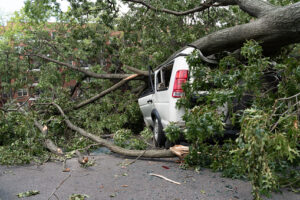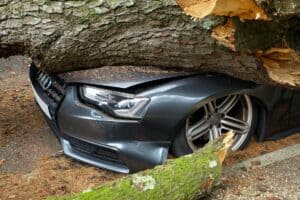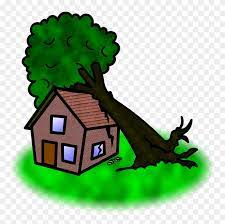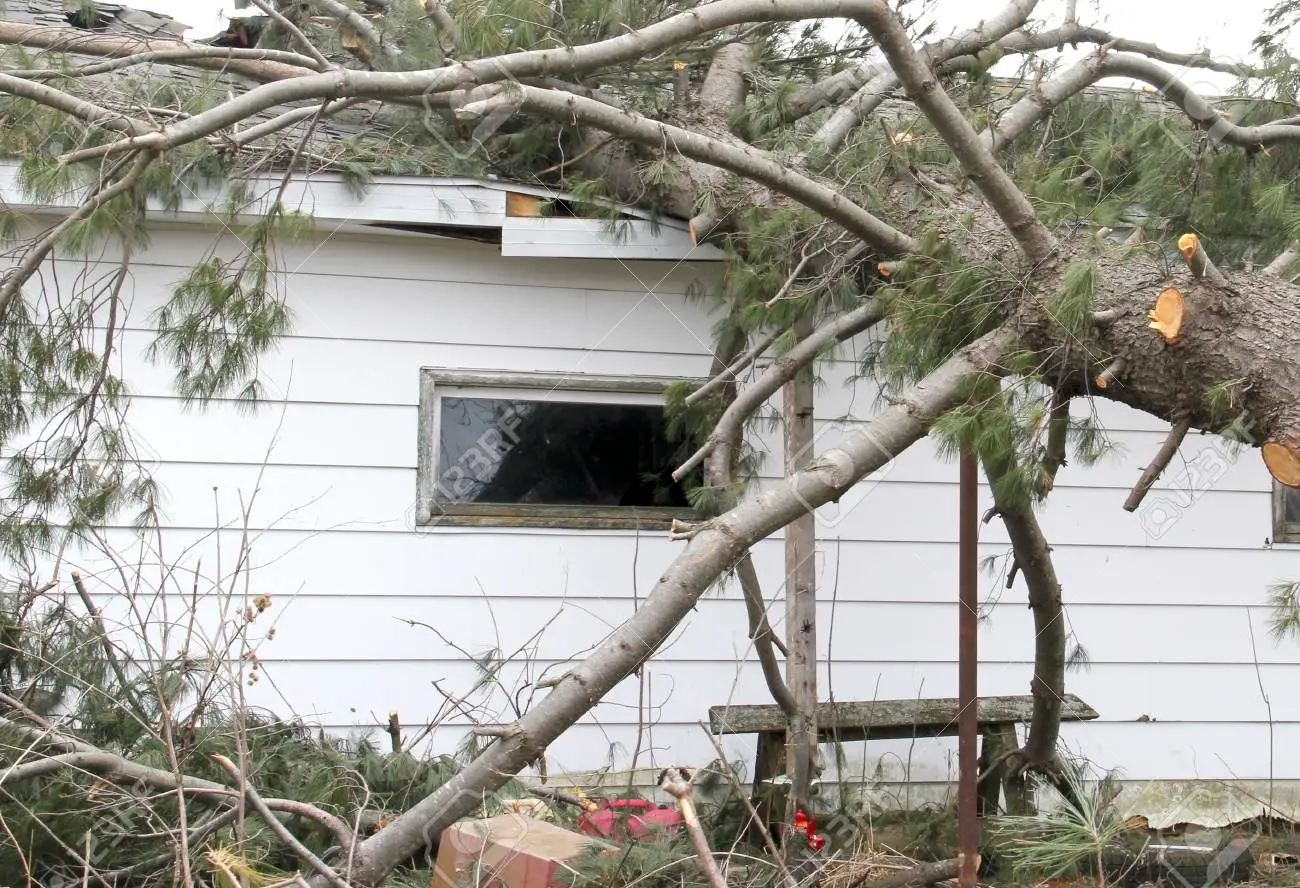Can we claim tree damage to our property?
8 tips for claiming fallen tree damage to home. The heavy storm stroke the Selangor in December 2021, causing many trees to tumble on houses and cars. The owner of such property was at sixes and seven, not knowing what to do next. While some may choose not to submit a claim, there are many procedures you must complete for compensation from your insurer. This post will explain how to file a claim for fallen tree damage to your property.
A tree falls on your house or another insured property. Like a detached garage, your basic homeowner’s policy covers the building and the contents.
8 tips for claiming fallen tree damage to home
Do you have photos?

Claiming for tree damage isn’t always easy, especially if you don’t have images of the damage. Before filing any compensation claim because of a fallen tree, ensure you have pictures of your vehicle and any property damage. Recording video or audio of a storm or other natural disaster can aid in rare circumstances. Having suitable proof can help you negotiate with insurance companies and other parties engaged in these types of claims.
Contact your insurer right away.
First, inform your insurer about the damage. After that, they’ll send a claims adjuster to look over your automobile and belongings. They’ll usually tell you to photograph everything. For injuries that require immediate care, or if your claim is not for car-related damages, you may need prompt medical attention. Call 911 immediately; waiting could cause costly medical bills later.
8 tips for claiming the fallen tree
Prove it was due to the weather

We all know that the weather can be unpredictable. But can you sue if a tree fell on your land, damaging your car or home? Yes! How to do it: First, clear the debris and make sure it’s not on fire. Inspect your house, car, and driveway for cracks and dents. Get a repair quote from a contractor. Call your insurer to report on the incident now that you have everything. Please keep copies of everything in case they dispute your claim.
Get good legal advice.
Get legal guidance when a fallen tree can damage your car and property. If your insurer denies liability, you have options, but they are risky. It would help if you had legal help to file a claim for fallen tree damage with your insurer or whoever handles clean-up. Consult a lawyer about the costs, success rates, and potential compensation. Then decide what you want to do next.
8 tips for claiming fallen tree damage to your home
What if I don’t want to?

It may seem pointless, but you can’t claim unless you try. You can find information on filing a claim for fallen tree damage on insurance company websites and online. Call your local council or police station for help if everything else fails. If you provide incorrect information, the insurer can reject your claim. You may believe that you must prove fault or another party’s involvement to claim for tree damage.
When a tree falls, it isn’t necessarily the fault of others. If you don’t have insurance, you may still get compensation from your insurer for taking precautions against storms or falling branches.
8 tips for claiming fallen tree damage
Seek expert advice

It’s disheartening to think of all your hard-earned money going towards repairs. What’s more distressing is not knowing what to do about it. To get your car back on track, you need to file a claim for damages. When dealing with insurance providers, always seek professional help. If something goes wrong, having your claim in writing with accurate details of damaged items will save you time, energy, and money. It helps you if you decide to sue for damages.
Consumers struggle with this area, and even some claims specialists are stumped. It’s critical to understand your insurer’s terminology for tree branches and fallen trees. Is there any cover for the stems and debris? Deny a claim if it does not expressly include these items. The easiest method to know is to ask your agent directly for detailed coverage. If they say yes, make a claim; if they say no, ask why not.
8 tips for claiming fallen trees damage to your property
DAMAGE CAUSED BY FALLING TREES OR BRANCHES endorsement,
Under this policy, the Company agrees to cover loss or damage to the property stated in the Schedule, including the walls, gates, and fences surrounding it.
Any object immediately resulting from damage caused by fallen trees or branches or by such damage, provided that the first RM250.00
It is the Insured’s responsibility to pay any claim under this endorsement.
The policy’s terms and conditions apply as if incorporated. Any loss or damage is presumed to be caused by fire for this section.
All other terms and conditions apply.
You’re covered by whoever owns the tree.
If a tree falls on your house, file an insurance claim.
Trees, shrubs, and branches can become projectiles after a hurricane or windstorm, causing extensive property damage. In most circumstances, an insurance provider will not investigate the origin of a tree or branch.
If the tree falls on a neighbor’s property, your insurer may try to collect from their insurer through subrogation. If this happens and your insurance wins, you may be entitled to a deductible return.
Keep your trees healthy and ready for winter and storms to mitigate damage. Remember, home insurance has no coverage for lack of care of the tree.
Your coverage may cover tree removal.
When a tree falls on an insured property, the homeowner policy covers the cost of removing the tree, which can range from $500 to $1,000 depending on the insurer and the policy selected
Debris removal usually is not covered unless the tree falls on an insured structure. However, if the tree is blocking a driveway or a disabled ramp, certain insurance carriers may cover the expense of removal.
The value of mature trees and landscaping might be expensive to replace. Basic home insurance plans cover fire, lightning, explosion, theft, aircraft, non-resident cars, vandalism, and malicious damage to trees and plants.
Most insurers cap coverage for a single tree, shrub, or plant at 5% of the structure’s insurance.
Commercially cultivated trees and plants (such shrubs for sale) require separate company insurance coverage.
To avoid damage from your trees, keep them healthy and ready for winter and storms—no cover for poor tree care by homeowner’s insurance.
Restricts to 5% of the structure insurance policy, with most insurers capping coverage at one tree, shrub, or plant.
Cultivated trees and plants (like shrubs) require separate company insurance coverage.
Steps to take: Consider your trees while calculating your homeowner’s insurance sum insured.
Your Views
As always, please leave any ideas or questions in the comments area below.
